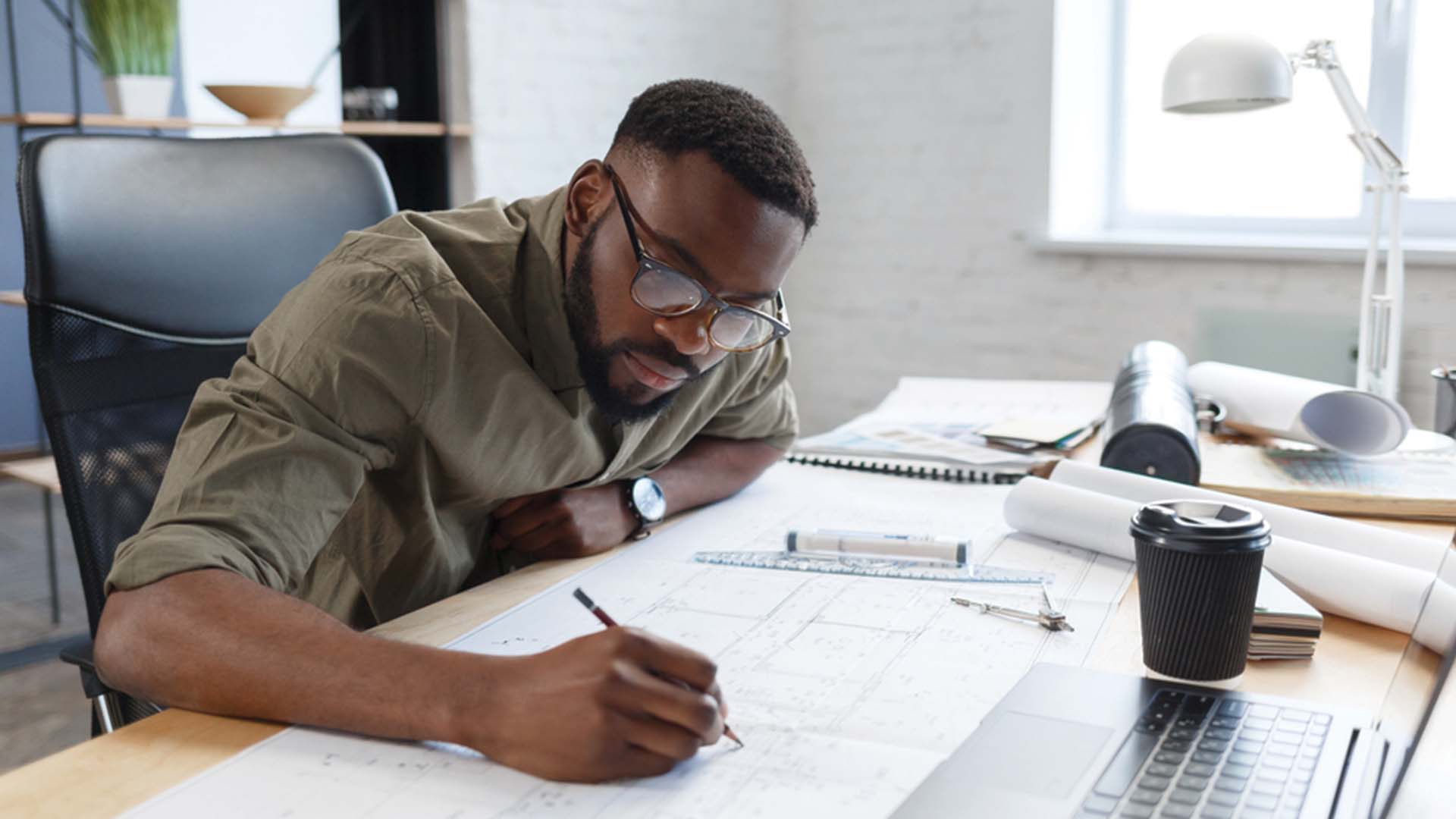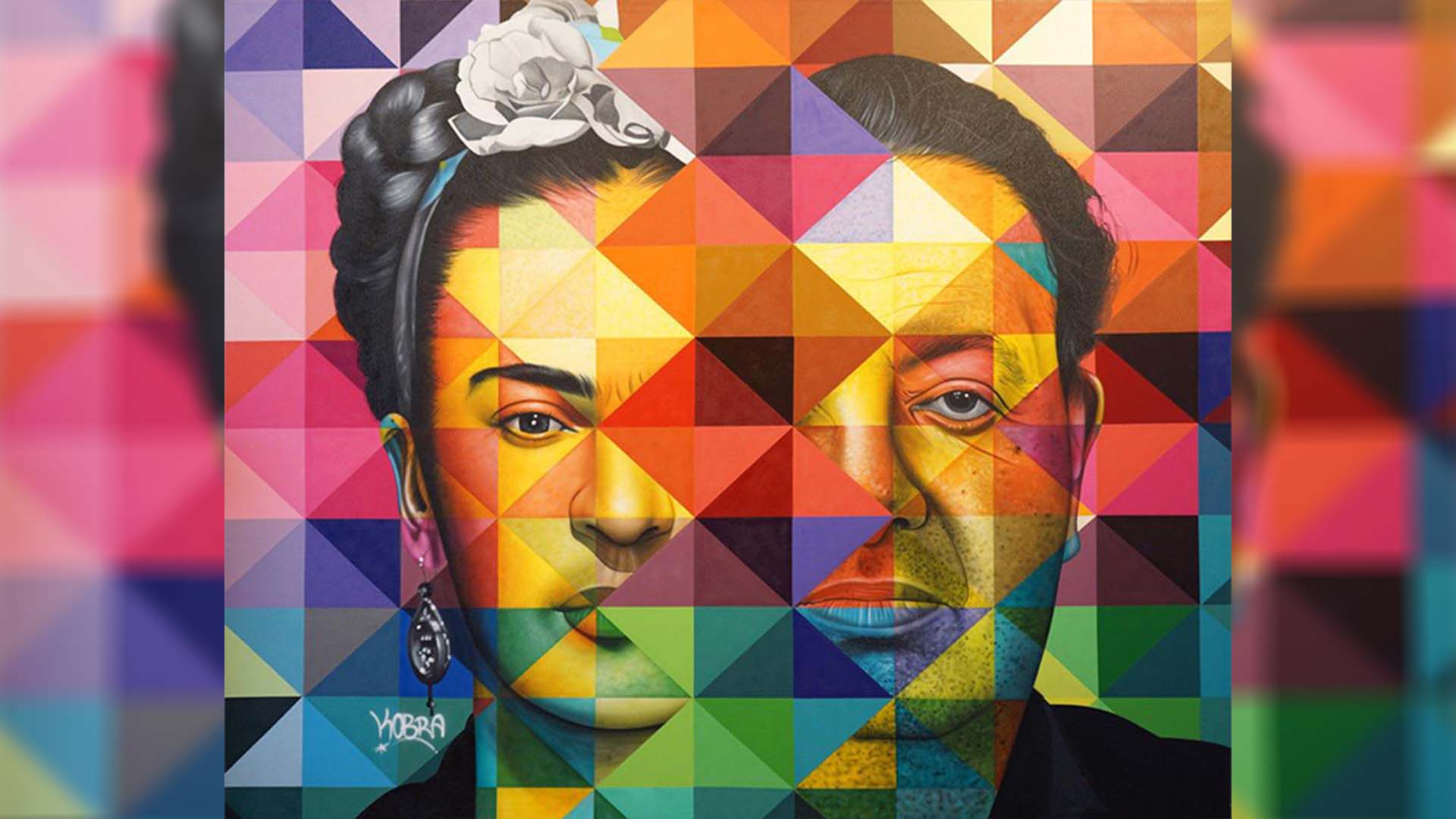Emerging research provides evidence that art can help improve the health of the human brain. The semi-new scientific field is called neuroaesthetics, which refers to the scientific study of the neural consequences of contemplating creative works of art. Two researchers, Susan Magsamen and Ivy Ross, recently co-authored a book titled “Your Brain on Art: How the Arts Transform Us,” which presents complex neuroaesthetics research.
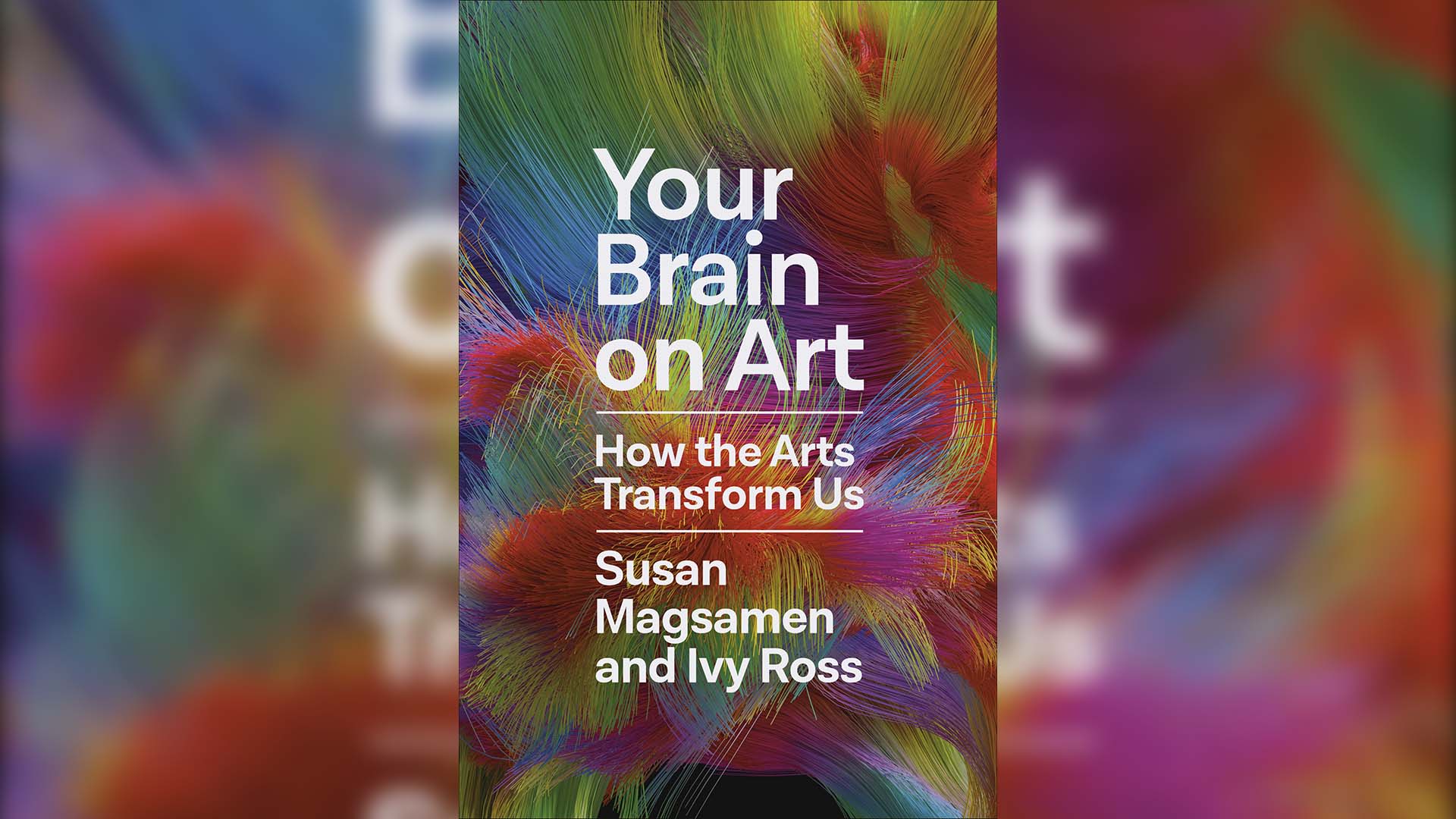
“Neuroaesthetics emerged in the late 1990s, and nobody is clear on who coined the term, but a simple definition is that neuroesthetics is the study of how arts measurably changes the body, brain, and behavior and how this knowledge is translated into practice,” said Susan Magsamen, founder, and director of the International Arts + Mind Lab Center for Applied Neuroaesthetics at Johns Hopkins University School of Medicine.
Thanks to the invention of advanced brain-imaging technologies, scientists have been able to study and observe the effects of visual art, along with music and dance, upon different areas of the human brain such as the hippocampus, amygdala, and other brain components.
“You don’t need to be a brain scientist to understand that the arts have physiological, psychological, and spiritual benefits,” Magsamen said. “Artists have always known that the arts change us in profound ways. The added part is that because of noninvasive technology allowing us to get inside heads, we’re understanding more neurobiology at a detailed level… And the only reason that matters is so we can create better solutions using the arts for personalized prescriptions, fine-tuning what to dose and dosages, and understanding how to apply art forms for healing.”
The book is set to release on March 21, 2023, with a central thesis regarding how art can help people “flourish, learn better, and build stronger communities.” According to the Random House press release, Magsamen and Ross poured over the data and found that “ just 20 minutes of art a day makes a huge difference as either the maker or the beholder.”
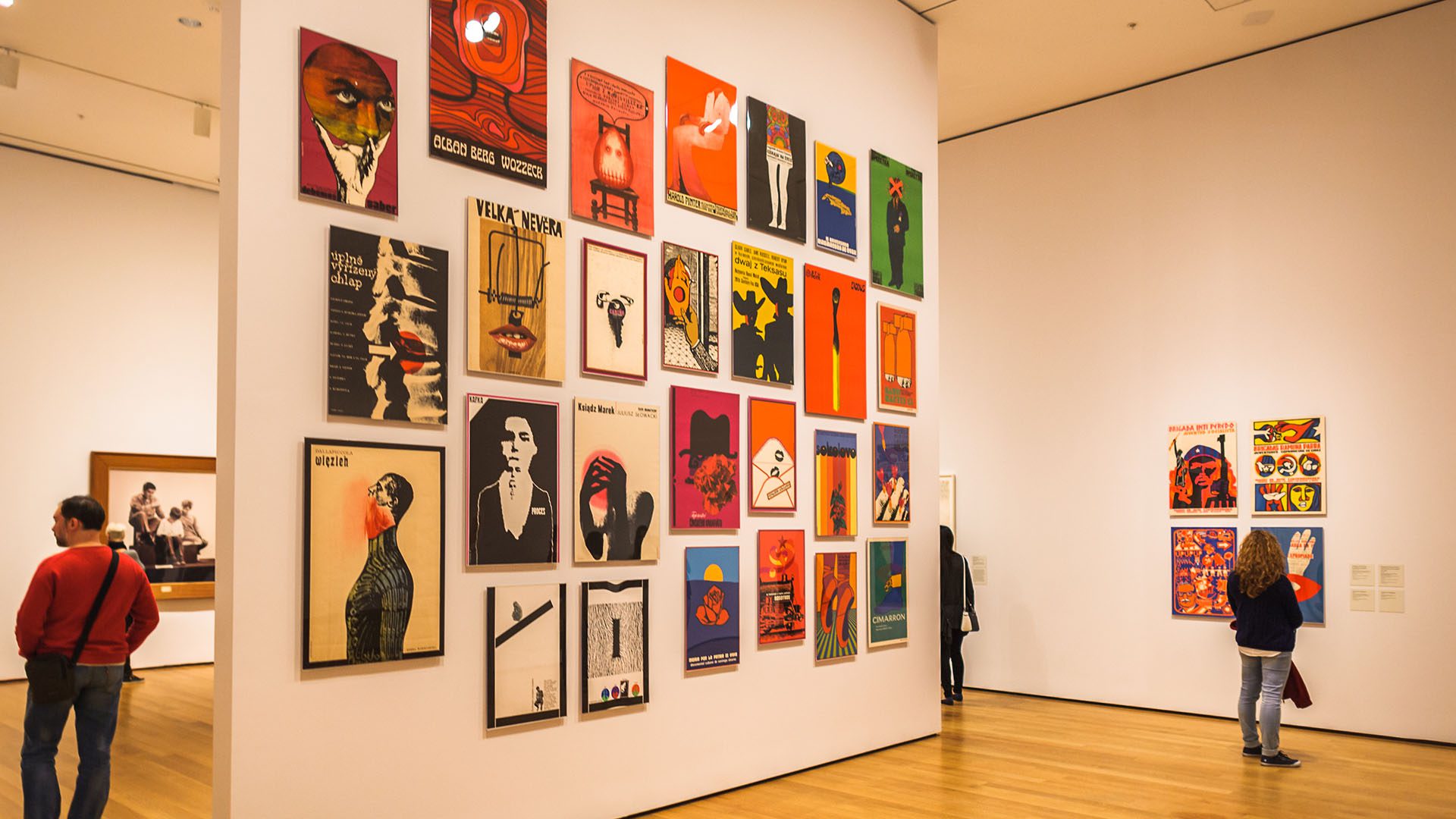
“We have 100 billion neurons, and the way we grow and learn is through neuroplasticity. The more enriched environments, the more sensorial — not chaotic, but in a way that feels safe and often novel — is how our brains grow dramatically,” Magsamen said. “We have relegated art to only entertainment or enrichment – not lifeblood or birthright. We want to put art at the center of our lives, not as something that would be nice to have.”
In his book “Atomic Habits”, James Clear also highlights the importance of visuals in our environments, “The human body has about 11 million sensory receptors. Approximately 10 million of those are dedicated to sight. Some experts estimate that half of the brain’s resources are used for vision. Given that we are more dependent on vision than any other sense, it should come as no surprise that visual clues are the greatest catalyst of our behavior.”
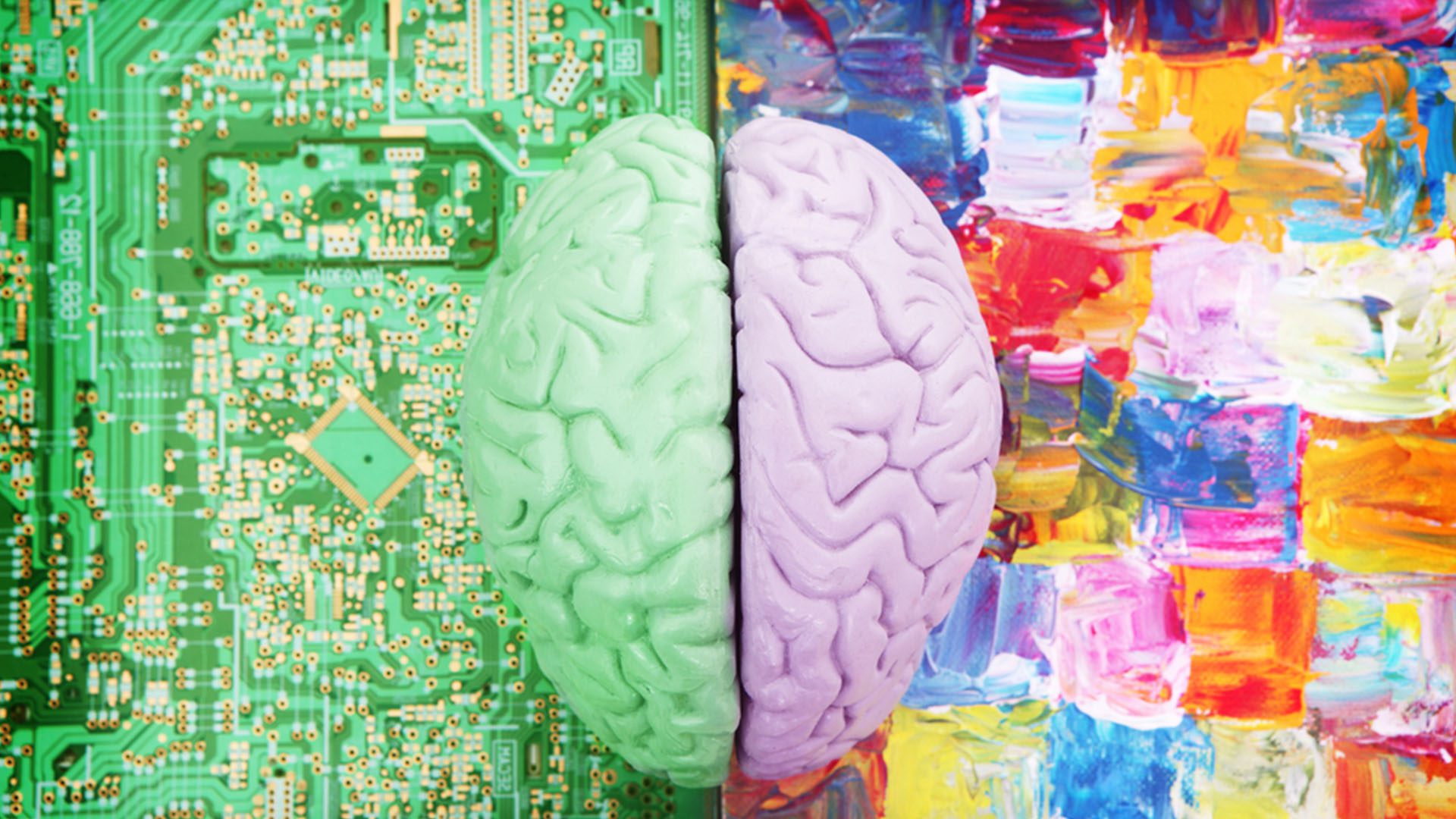
It is, therefore, unsurprising that some doctors have now begun to prescribe visits to museums for some patients. Additionally, more hospitals are beginning to include art installations and colored light therapy is being used to help some Alzheimer’s patients (since color affects gray matter). The U.S. Veteran’s Administration offers a program in mask-making to help military personnel cope with PTSD. And, because research indicates that makers need not be proficient in their craft, more people are encouraged to try hobbyist hands at sculpture, painting, and other accessible crafts.
“This work is a lot of wind in the sails of the arts and health,” Magsamen said. “Curiosity, surprise, wonder — all attributes found in art for the maker or the beholder — these are really important for human development. Researchers are finding that we as humans are hard-wired for aesthetic experiences. The arts are not just fundamental aspects of our humanity, but also essential to our well-being.”



